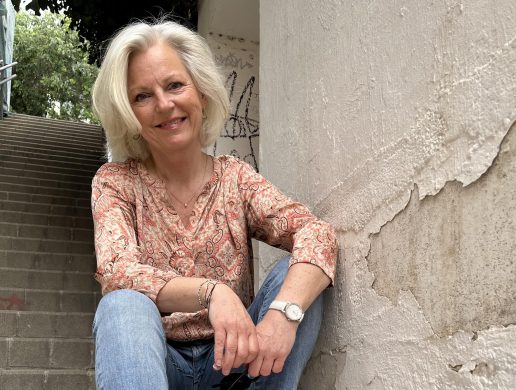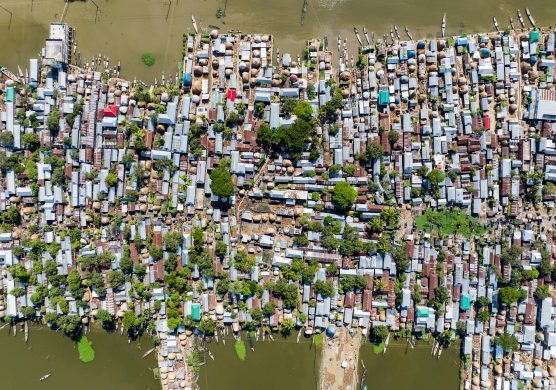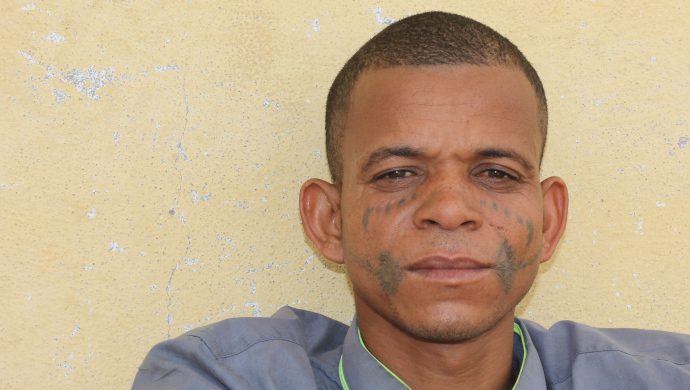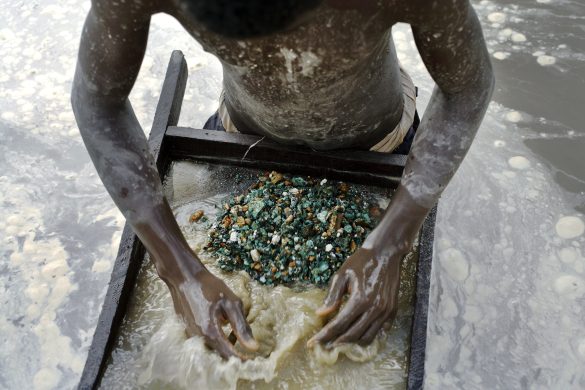Alt for ofte går landbrugsprojekter ud over lokalsamfunds sundhed og ernæring – hvordan kan det være? – Let agriculture “do no harm”
DAKAR, 26 September 2011 (IRIN) – Agriculture is about food production, but often projects ultimately hurt communities’ health and nutrition.
When the focus is on tons and dollars, experts say, getting people the nutrients (næringsstoffer) they need can be lost.
Aid agencies and governments are increasingly looking at ways to ensure that agricultural investments support proper nutrition, including one methodology being developed by the US Agency for International Development (USAID) and NGOs.
The “nutritional impact assessment tool”, was developed by USAID’s Infant and Young Child Nutrition Project (IYCN), led by PATH, CARE, the Manoff Group, and University Research Co., LLC.
– The tool would be a way for organi-zations designing or reviewing agricultural programmes to mitigate (lindre/modvirke) any risks or potential negative effects on nutrition – in other words a ‘do no harm’ approach, said Michael Zeilinger, head of the nutrition division with USAID’s office of health, infectious disease and nutrition.
USAID is working with NGO partners to test the tool – a template (skabelon) for listing project objectives, food insecure groups, people’s nutritional status and possible impact of an agricultural project on each group.
– As we start to design major agriculture programmes around value chains and increasing production (such as Feed the Future and Global Agriculture and Food Security Program), we should really remember that there are some practices in agriculture that may have potential negative effects on nutrition, and this is just to make sure that they are thought through, Zeilinger told IRIN.
For example, smallholders (småbønder) might not benefit from projects requiring new technologies they cannot afford, so ultimately they and their families are hit economically, according to IYCN; malaria could spike (sprede sig/spolere) in rice-producing areas that make a breeding grounds for mosquitoes; and agricultural work requiring women to spend more time away from home could harm children’s nutritional status.
– The agriculture sector needs to be accountable – contributing to improved diets and not creating any harm to health and nutrition, said Charlotte Dufour, food security, nutrition and livelihoods officer with the Food and Agriculture Organization’s (FAO) nutrition and consumer protection division.
But measuring impact is complicated, she said. Some projects can have positive and negative impacts within one community.
– Developing a tool to get it right points up a number of challenges, she said, adding:
– Information on malnutrition rates of any kind is seldom available by food insecure groups. And data on women’s nutritional status is rare.
Dufour said it is critical to note that one agricultural activity could have different effects on different populations, and that a wide range of socio-economic factors affect nutritional status.
– Maximizing the nutritional impact of agricultural programmes requires a good analysis of local livelihoods and causes of malnutrition by population group, she said, adding that for now the IYCN tool does not yet provide for such analysis.
Gaps
Læs videre på http://www.irinnews.org/report.aspx?reportid=93814














